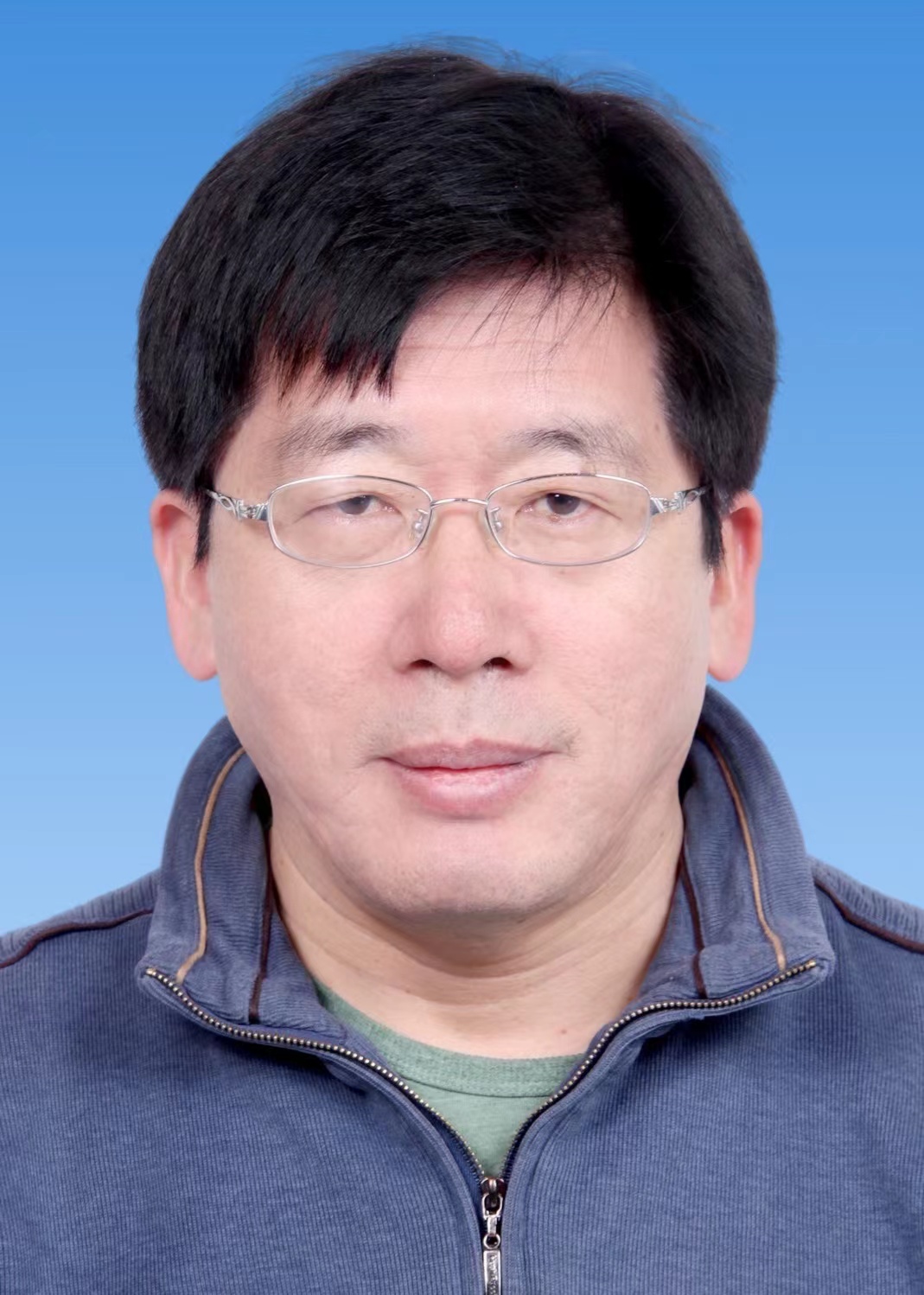
焦仁杰教授1965年1月生于江苏泰兴。1987年毕业于北京大学生物学系细胞生物学专业,获学士学位。1991年获北京大学细胞生物学硕士学位。同年留校任教。历任助教、讲师。1999年获苏黎世大学分子生物学研究所分子遗传与发育生物学博士学位。2004年受聘于中国科学院生物物理研究所,任课题组长/研究员/PI(Principal Investigator)。2011年获中国科学院优秀导师称号。2017年受聘于广州医科大学,任教授/PI、研究所所长。现任《Journal of Genetics and Genomics》副主编;科技部重点研发项目首席科学家;英国癌症研究基金会(Cancer Research UK)、奥地利国家自然科学基金(Austrian National Science Foundation)等基金评审人;科学探索奖(Xplorer Prize)、澳门科技奖等科技奖励委员会评审专家;«Nature Communications»、«Development»、«Journal of Cell Science»、«Journal of Molecular Cell Biology»、«Theranostics»等科技期刊论文评阅人。他至今已在 Nature Cell Biol., Dev. Cell, The EMBO J., Cell Res., Nat. Commun., Cancer Res., Development, Oncogene, J. Neurosci., J. Cell Sci., Mol. Cell. Biol., Mol. Biol. Cell 等专业期刊上发表研究论文八十多篇。
课题组研究方向
实验室AIM(Aging – Immunity - Metabolism)是以果蝇为研究对象,以果蝇天然免疫的调节机制为中心问题,希望阐述细胞信号转导、细胞代谢、衰老如何参与调节果蝇天然免疫应答。分子生物学、遗传学、细胞生物学(光镜与电镜水平)、免疫学、高通量组学(单细胞组学、代谢组学、蛋白质组学)相关技术是我们研究中最常用的实验方法。
我们实验室对生物学过程的内在机理感兴趣,特别是系统性调节:比如神经系统如何调节免疫系统或者反之;代谢如何调节免疫或者反之。不同组织细胞如何交流、合作:比如神经细胞跟免疫细胞合作;脂肪细胞跟免疫细胞合作。机体在应激状态下如何协调个生物学过程的合作以及各组织细胞之间的合作等等。
我们实验室利用大规模遗传学筛选获得一批参与果蝇免疫调控的候选基因以及一些与重要人类疾病相关的基因。这些基因将会帮助我们进一步阐明果蝇天然免疫的系统调节过程的作用机理。这些基因和参与的调节过程在哺乳动物(包括人)存在很高程度的保守性,所以我们的研究也可能为人类免疫相关疾病的发生与诊治提供重要的知识积累。
除此以外,实验室也致力于一些关键人类疾病的果蝇模型的建立与应用研究。
联系方式:020-37103818 邮箱:rjiao@gzhmu.edu.cn
课题组近期代表性论文
1. Pan Y., W. Li, Z. Deng, Y. Sun, X. Ma, R. Liang, X. Guo, Y. Sun, W. Li, R. Jiao, L. Xue. 2022. Myc suppresses male–male courtship in Drosophila. The EMBO J., e109905.
2. Wang J., J. Huang, Y.-Q. Li, S. Yao, C.-H. Wu, Y. Wang, F. Gao, M.-D. Xu, G.-B. Huang, C.-Q. Zhao, J.-H. Wu, Y.-L. Zhang, R. Jiao, Z.-H. Deng, W. Jie, H.-B. Li, A. Xuan, X.-D. Sun. 2021. Neuregulin 1/ErbB4 signaling contributes to the anti-epileptic effects of the ketogenic diet. Cell and Bioscience, 11: 29.
3. Bi Y., Y. Chang, Q. Liu, Y. Mao, K. Zhai, Y. Zhou, R. Jiao*, G. Ji. 2021. ERp44/CG9911 promotes fat storage in Drosophila adipocytes by regulating ER Ca2+ homeostasis. Aging, 13: 15013-15031.
4. Wei C., C.-W. Phang and R. Jiao*. 2020. Epigenetic regulation of Notch signaling during Drosophila development. Adv Exp Med Biol 1218: 59–76.
5. Wei C., Y. Yan, X. Miao and R. Jiao*. 2019. Dissection and Lipid Droplets Staining of the Oenocytes in Drosophila Larvae. Journal of Visualized Experiments (JoVE), e60606.
6. Yan Y., H. Wang, C. Wei, Y. Xiang, X. Liang, C. W. Phanga and R. Jiao*. 2019. HDAC6 regulates lipid droplet turnover in response to nutrient deprivation via p62-mediated selective autophagy. J. Genet. Genomics, 46: 221 – 229.
7. Lo, P.-K., Y.-C. Huang, D. Corcoran, R. Jiao and W.-M. Deng. 2019. Drosophila chromatin assembly factor 1 p105 and p180 subunits are required for follicle cell proliferation via inhibiting Notch signaling. J. Cell Sci., 132: doi:10.1242/jcs.224170.
8. Chen, J., N. Xu, C. Wang, P. Huang, H. Huang, Z. Jin, Z. Yu, T. Cai, R. Jiao and R. Xi. 2018. Transient Scute activation via a self-stimulatory loop directs enteroendocrine cell pair specification from self-renewing intestinal stem cells. Nature Cell Biol., 20(2): 152-161.
9. Yan, Y., H. Wang, M. Hu, L. Jiang, Y. Wang, P. Liu, X. Liang, J. Liu, C. Li, A. Lindström-Battle, W.-M. Deng and R. Jiao*. 2017. HDAC6 suppresses age-dependent ectopic fat accumulation by Maintaining the proteostasis of PLIN2 in Drosophila. Dev. Cell, 43: 99–111.
10. Xie, G., H. Chen, D. Jia, Z. Shu, W. Palmer, X. Zeng, S. Hou, R. Jiao* and W.-M. Deng*, 2017. The SWI/SNF complex protein Snr1 is a tumor suppressor in Drosophila imaginal tissues. Cancer Res., 77: 862-873.
11. Peng, Q., Y. Wang, M. Li, D. Yuan, M. Xu, C. Li, Z. Gong, R. Jiao* and L. Liu*. 2016. cGMP-Dependent Protein Kinase Encoded by foraging Regulates Motor Axon Guidance in Drosophila by Suppressing Lola Function. J. Neurosci., 36: 4635 - 4646.
12. Zhang, H.#, C. Li#, H. Chen, H. Wu, W. Dui, F. Dai, W.-M. Deng* and R. Jiao*. 2015. SCFSlmb E3 ligase-mediated degradation of Expanded is inhibited by the Hippo pathway in Drosophila. Cell Res., 25: 93-109.
13. Xie, G., Z. Yu, D. Jia, R. Jiao* and W.-M. Deng*. 2014. E(y)1/TAF9 mediates the transcriptional output of Notch signaling in Drosophila. J. Cell Sci., 127: 3830 – 3839.
14. Yu, Z., H. Wu, H. Chen, R. Wang, X. Liang, J. Liu, C. Li, W.-M. Deng* and R. Jiao*. 2013. CAF-1 promotes Notch signaling through epigenetic control of target gene expression during Drosophila development. Development, 140: 3635-3644.
15. Yu, Z., M. Ren, Z. Wang, B. Zhang, Y.S. Rong, R. Jiao* and G. Gao*. 2013. Highly efficient genome modifications mediated by CRISPR/Cas9 in Drosophila. Genetics, 195: 289-291.
16. Dui, W., B. Wei, F. He, W. Lu, C. Li, X. Liang, J. Ma* and R. Jiao*. 2013. The Drosophila F-box protein dSkp2 regulates cell proliferation through targeting Dacapo for degradation. Mol. Biol. Cell, 24: 1676-1687.